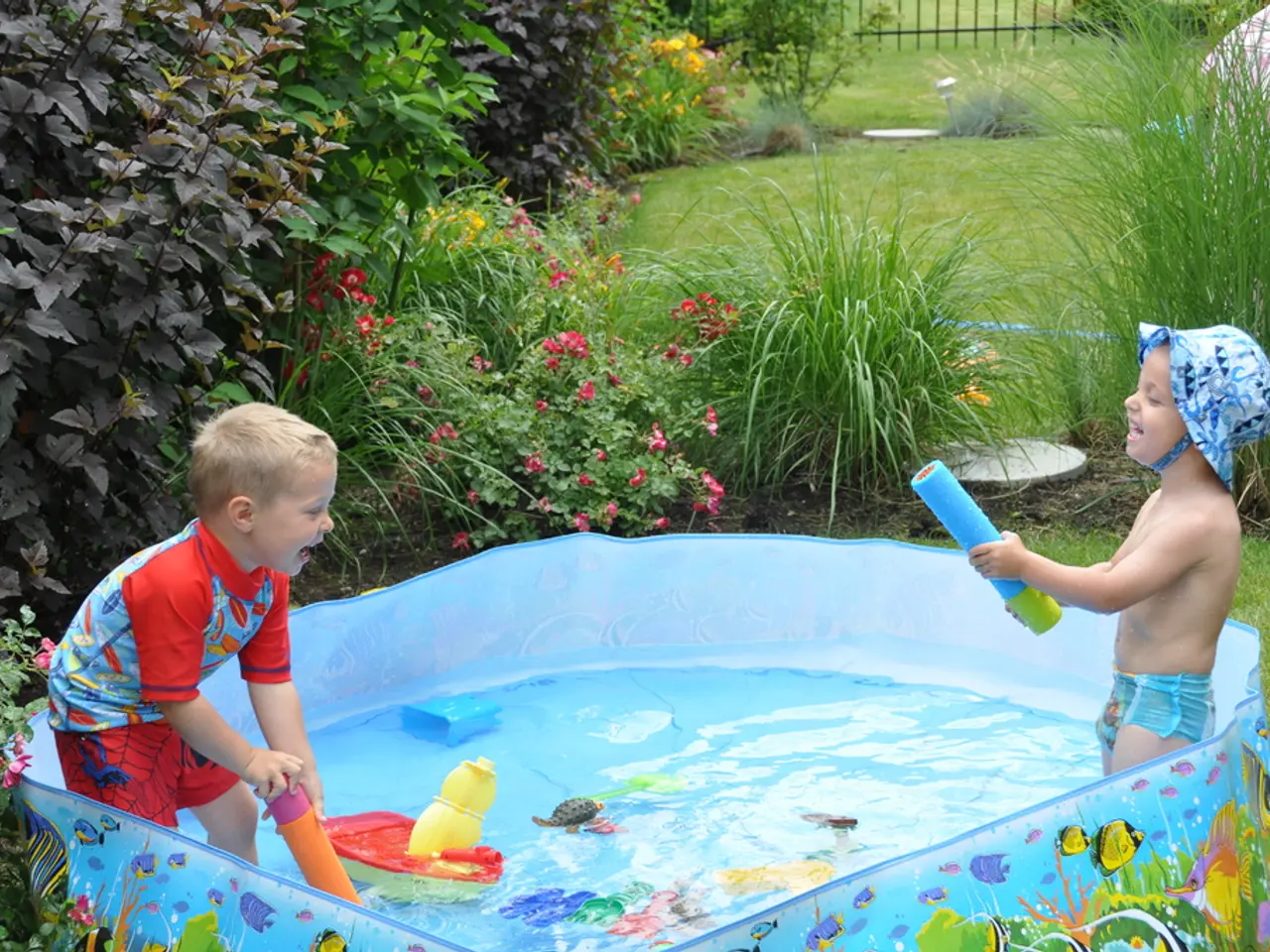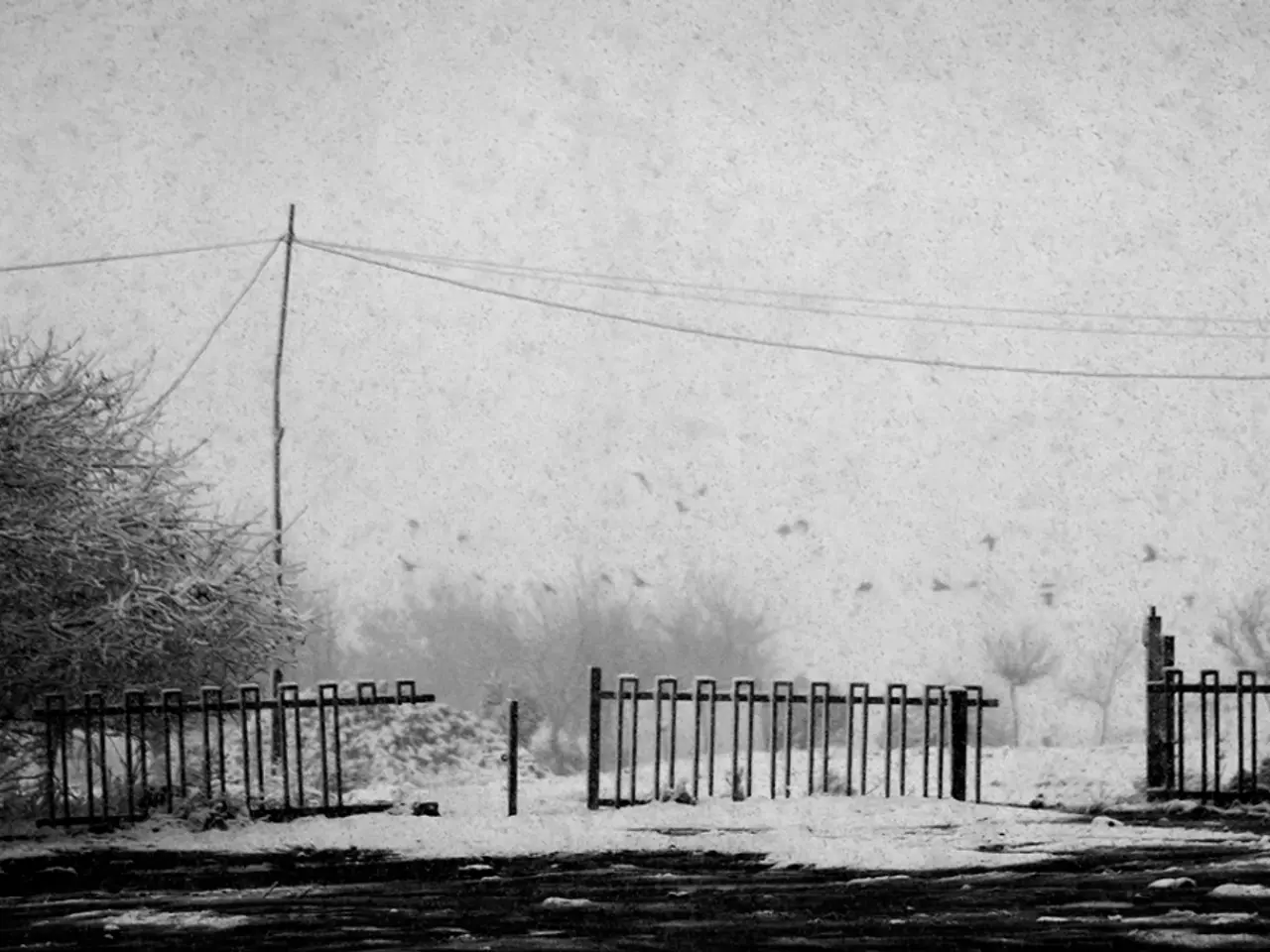Fun Weather Activities for Children's Learning
Discover the wonders of weather with these simple and engaging experiments designed for kids! These activities, using everyday materials, effectively demonstrate various weather concepts, making learning enjoyable and interactive.
- Shaving Cream Rain Clouds
Fill a clear jar with water and top it with a layer of shaving cream to represent clouds. Using a dropper, add blue-colored water slowly onto the shaving cream. As the colored water saturates and becomes heavy, it falls through the shaving cream like rain, illustrating how clouds release rain.
- Cloud in a Jar
Fill a jar with hot water, spray hairspray inside, and then cover the top with ice cubes. A cloud forms inside the jar, teaching kids about condensation and cloud formation in a quick, visible way.
- Pine Cone Weather Station
Place pinecones outside and watch them open up in dry weather and close when it’s about to rain. This natural indicator helps kids observe how some plants respond to humidity and predict weather changes.
- Cold and Hot Air Balloon Experiment
Use bottles covered with balloons and submerge them in hot and cold water baths. The balloon inflates in hot water as warm air expands and deflates in cold water as air contracts. This experiment shows why warm air rises and cold air sinks, which is fundamental to understanding wind and weather patterns.
- Rainbow in a Cup
By layering liquids of different densities (such as honey, dish soap, water, oil, and rubbing alcohol, each colored), kids create a colorful rainbow in a cup. This demonstrates liquid density and stratification, concepts relevant in atmospheric layers and weather.
- Indoor Snow
Mix baking soda and shaving cream to make a cold, fluffy “indoor snow.” This experiment is fun for kids who don’t get to see snow and can help introduce basic ideas about snow and cold weather.
These experiments are designed to be fun, interactive, and educational, helping children explore rain, clouds, air temperature, humidity, and precipitation with materials you likely have at home or can easily obtain.
For additional resources, a rainfall recording sheet is available for free, and Rainy Day Mum provides information on how hard it's raining. Making a pinwheel can be done as a wind experiment, and a homemade anemometer can measure wind speed.
Rainbows are formed by the refraction of light, with rain or water droplets as the source. A homemade wind vane can be used to find out the direction of the wind, and the sky appears blue due to the scattering of light by gases in the atmosphere.
Creative Family Fun has sun prints that are excellent for a sunny day weather activity, and Inspiration Laboratories has an excellent model hurricane. Don't forget that the Three Little Pigs House can also be blown down as a wind experiment, and it's possible to build a house that won't fall down, serving as another interesting wind experiment.
Lastly, Twodaloo offers weather sensory bottles for younger children, providing an engaging way to learn about weather concepts. The article was last updated on July 16, 2025, by Emma Vanstone. Happy experimenting!
[1] Rainy Day Mum [2] Inspiration Laboratories [4] Creative Family Fun
- The shaving cream rain cloud demonstration effectively illustrates how clouds release rain, making it a simple yet engaging science activity for kids.
- By creating a cloud in a jar, kids can quickly understand the process of condensation and cloud formation, adding a hands-on aspect to their weather learning.
- The pine cone weather station can help children observe how some plants respond to humidity and predict weather changes, offering a natural and interactive way to learn.
- The cold and hot air balloon experiment shows why warm air rises and cold air sinks, which is fundamental to understanding wind and weather patterns, and is easy to perform with household materials.
- The indoor snow experiment, made from baking soda and shaving cream, allows kids who don't get to see snow to explore basic ideas about snow and cold weather, enhancing their learning of weather concepts.
These science activities, resources, and experiments provide a fun, interactive, and educational way for children to explore various weather phenomena.








